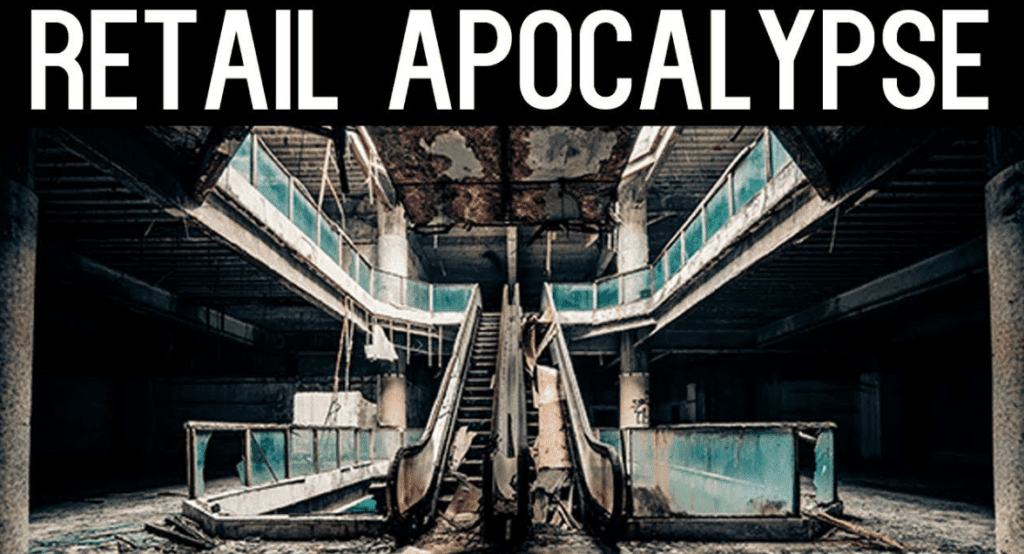An online store is a website where customers can buy goods or services. A brick-and-mortar retail business with a website is an example of an online store. An online store is an e-commerce website or app where buyers can browse a catalog of products or services and purchase them electronically. But do you know what the term retail apocalypse means?
The term “Retail Apocalypse” is the worldwide closure of numerous large-chain retail stores that began around 2010 and has since continued. As people started shifting to online platforms. Brick-and-mortar stores are declining in sales.
Why is Retail in Such a Precarious Position?
Since 2016, approximately 40% of the country’s department stores have shuttered, including every Lord & Taylor location and nearly all Sears and Kmart locations. JC. Penney and Neiman Marcus Penney have declared bankruptcy, and Macy’s has closed scores of locations and plans to cut another 125 by 2023.
The entire sector has been devastated as consumers have lost the habit of shopping and browsing in person. It’s just a format that does not work anymore, and People don’t want to wade through a four-story megastore to find a couple of items.
Chris Kuiper, Analyst for Center for Financial Research and Analysis
(Source: The Week)
How are Shopping Malls Doing in the Retail Apocalypse?
A growing number of shopping malls have died or are on life support.
The whole business model has just unraveled.
Neil Saunders, The Consultancy of GlobalData Retail
Hundreds of them have shut down in the last decade, and Coresight Research predicted last year that a fifth of the remaining 1,000 will shut down in the next three to five years.
Foot traffic has decreased due to the loss of department shops as anchors. The department store genre has been taking the great American shopping mall down with its developers have tried to revive their fortunes by bringing in “experiential retailers,” including gyms, movie theaters, and restaurants, but those businesses hit a brick wall during the pandemic.
Mark Cohen, Retail Studies at Columbia Business School
Without a doubt, eCommerce is truly growing.
In addition to lost jobs, dead malls have an outsize impact on communities where they’ve gone from a tax-generating “social space” to “an eyesore.” It’s quite a big economic and social, and cultural phenomenon. And online shopping and the pandemic are not the only causes.
Vicki Howard, Author of From Mainstreet to the Mall
(Source: The Week)
What are the other factors that are contributing to the ‘Retail Apocalypse”?
Even before the pandemic, the United States had 40% more shopping space per capita than Canada and ten times that of Germany. This retail surplus, according to industry analysts, was unsustainable. Department stores have been harmed by shrinking their client base, whereas discounters that cater to lower-income consumers, such as TJ Maxx and Dollar General, have seen growth.
Many retailers’ demise, including Nieman Marcus, J.Crew, and Toys R Us, has been hastened by acquisitions by private-equity firms like Bain Capital and KKR, which suck up their revenues and saddle them with crippling debt. According to a 2019 non-profit United for Respect report, nearly 600,000 retail jobs have been lost in the last ten years. (Source: The Week)
